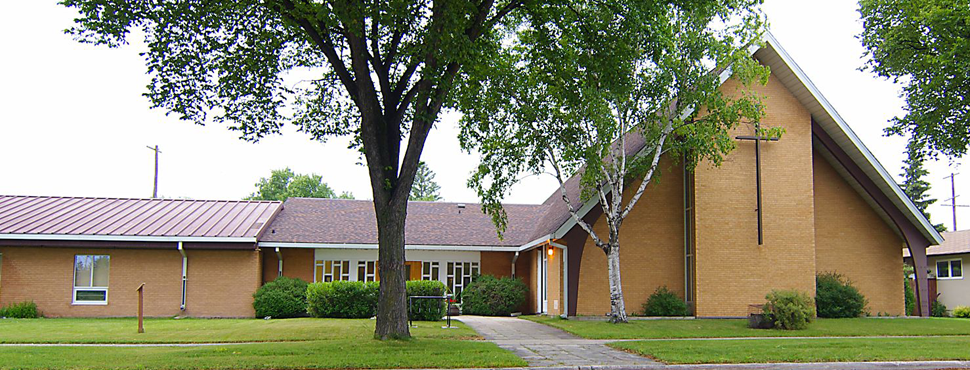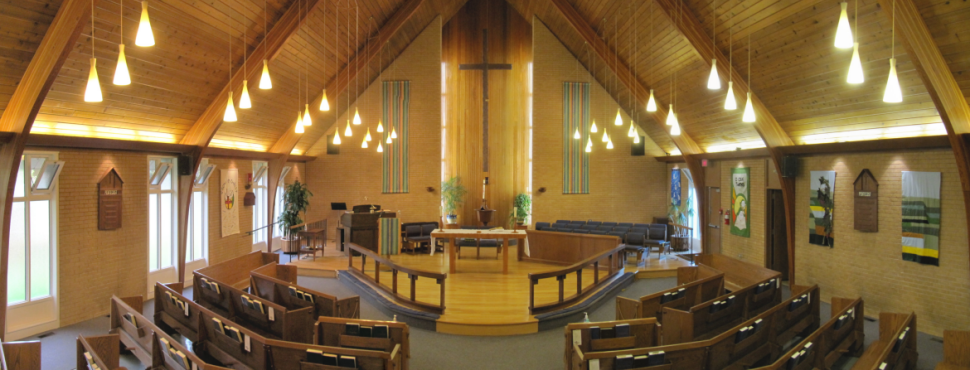June 27, 2021
FIFTH SUNDAY AFTER PENTECOST
Mary Holmen
Mark 5:21-43
Today’s Gospel reading consists of two stories “sandwiched” together. Mark the Evangelist uses this technique when he wants the two stories to interpret and amplify each other. It’s a two-for-one deal! Buy one healing, get a raising free!
It’s a promising beginning. Jesus, fresh off the boat from healing the man possessed by a “Legion” of unclean spirits, is met by Jairus, who begs him to come and heal his daughter who lies at the point of death. Without question, without comment, Jesus goes.
But there is an interruption. “Now”, there is this woman. Not only does she interrupt Jesus himself, she interrupts the narrative and our assumptions about what Jesus will do. Mark spends quite a lot of time describing her plight (with a dig at doctors on the way – the woman “had endured much under many physicians and had spent all she had; and she was no better but rather grew worse.”) We might feel impatient with Mark and wish he would get on with it. We feel Jairus’s urgency. Perhaps we feel the woman’s urgency too. Even in her silence, her fervent wish echoes Jairus’s pleas. “If I but touch, I will be made well.” Immediately, we are told, her hemorrhage stopped, and she knew she was well. And immediately, Jesus knows something has happened. Despite Jesus’s somewhat accusatory questioning, the power that flows from Jesus and the effectiveness of the healing cannot be interrupted.
Jesus may not know “who”, but the woman definitely knows “what” has just happened. In fear and trembling she falls before him and tells him everything. She had hoped for healing, but now her hopes are exceeded. She is no longer just an unknown woman; she is claimed as a daughter, one whose faith has made her well/saved her. She is sent on her way with the blessing of peace. She can move on and back into life. She has a future, and it is one imbued with the reality of her healing.
But the story isn’t done yet. We move from one daughter healed to another daughter dead. One person’s hopes have soared; another person’s hopes are dashed. The people’s question puts it clearly: “Why trouble the teacher any longer?” What hope is left? Jairus’s worst fear has come true.
But Jesus will not let fear and despair go unchecked. “Do not fear, only believe,” he says. “Do not fear?” It’s a bit late for that. It sounds a bit like a pat on the head and a “There, there, everything will be all right.” How does one believe when one has been visited by disaster? Many biblical scholars have pointed out that a better translation would be “Stop being afraid; keep on trusting.” The dynamic, ongoing sense of these words orients us to the message that Jesus has power to transform lives from fear to trust, a transformation in which the gifts of life and salvation appear in a whole new light. Not fear, but faith. Now we know how this is going to end. The rest of the story simply fills in the details. Jesus tells the parents to give the girl something to eat. The needs of the living must be attended to.
When we read the healing stories in the gospels, we never know what becomes of the people afterward. In this story, I am struck by the sense of momentum, of forward movement. Jairus begs Jesus to lay his hands on his daughter “so that she may be made well and live”. She has a future if she can live. Jesus dismisses the woman with the assurance that she is healed of her disease. She has a future now that she has been cured.
A few weeks ago when Shelagh preached, she referred to C.S. Lewis’s story The Lion, the Witch, and the Wardrobe. It made me think of the message that is contained in the Narnia stories, that one is only ever told one’s own story. With this story, we are left with one bit of mystery, one thing unresolved. Jesus orders that no one should know about the child being raised. I think Mark intends us to wonder what is next for us who read it. What will it be like to follow Jesus on this journey of discipleship? In what way will our lives be transformed by the One who calls us to stop being afraid and instead live with trust?
When I looked back in my files, I discovered that I preached on this same Gospel reading three years ago! What could I say that would be new? Well, the world is different than it was three years ago. We have lived with fear for the past fifteen months. We have had to trust – trust public health authorities, trust researchers, trust each other to keep us all safe. Heartbreaking, horrifying stories have emerged, not only from the pandemic, but also from racial and religious attacks, the results of genocidal programs bent on assimilating Indigenous children, and the up-to-now unexplained collapse of a building full of sleeping people. It has not been easy to stop being afraid and keep on trusting. As we begin slowly to emerge from this pandemic, we wonder what is next? Some people will continue to be afraid for some time. Is there healing and life? Yes, I am convinced there is. We are seeing it taking root around us and maybe within us. How might we be transformed by the One who calls us forward? I believe that, out of this suffering, God is giving us an opportunity. What kind of church do we want? We have an online presence through our Facebook page, our website, and our Zoom worship services. What of this do we want to continue? What new digital ministries might await us? What other new initiatives will we be called to undertake in collaboration with our new Incumbent? What kind of community, country and world do we, as citizens and people of faith, want to help build? The pandemic has exposed inequities which have always been present in society. Many of us just want to “get back to normal” – but what kind of normal are we talking about? Do we really want to perpetuate all those injustices? How do we want things to be different going forward? And what actions will we be called to take? I have some ideas – not clear answers – but we need to find our ideas, our answers, guided and informed by scripture, the teaching of our faith, and the Holy Spirit.
Biblical scholars point to the miracles of Jesus as signs of the inbreaking of God’s kingdom. They are signposts of the new creation. There has been, there is, and there will continue to be heartbreak and horror, suffering and sadness. That is part of the human condition. Jesus healed many people, but he did not cure all disease. He calmed the storm on the sea, but he did not make all storms cease. He raised the daughter of Jairus, but he did not abolish death. The Gospel – the good news – is that in the midst of the world’s anguish, God in Christ is still working, in this time and place, to heal and forgive and restore and make new. Some days, it will not feel like enough. But if we stop being afraid and practise living by trust, we will learn to recognize the signs of the kingdom, those glimpses of grace that say, “Go in peace; your faith has made you whole.” Amen.


